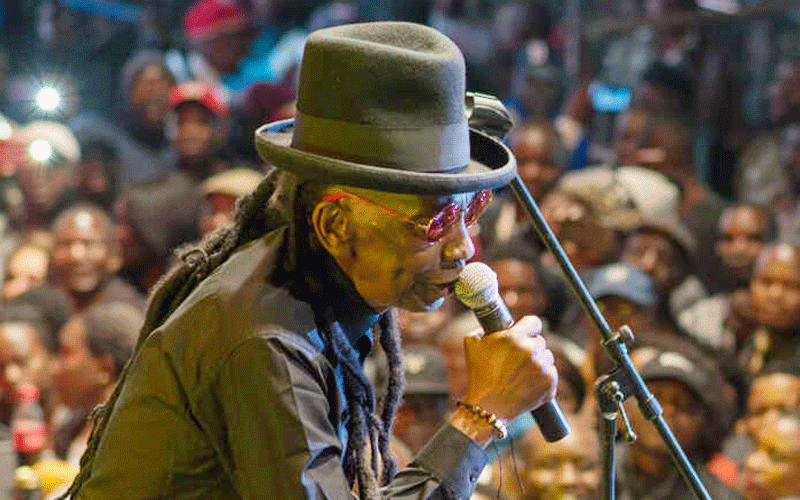
We have travelled this road before. The fact that it has become a well beaten path means that some of us public relations (PR) practitioners still don’t get it. This is more surprising when you think that the majority of PRs were once journalists.
public relations with Lenox Mhlanga

A journalist colleague of mine has implored me to remind PR practitioners that they should stop behaving as if the sun shines from “where the sun does not shine!” Stone-walled, abused, and tossed from hither and thither, journalists everywhere have just about had it. Aren’t we surprised that they don’t call anymore?
We are not painting every PR with the same brush. Some are good and some are bad, so the bad one wonders whether those that employed them knew what they were getting.
As consultants, this is an opportunity to offer media relations workshops for our colleagues. In fact, it goes beyond that. An understanding of the media, how it works and how it can be used as a strategic ally is an essential business skill.
It only takes a reputational crisis to understand the advantages of a good working relationship with the media. Journalists mourn the fact that PR practitioners, particularly those hired in the corporate sector, look down on them. As a result, their pleas for information and contacts, at worst, fall on deaf ears, or are at best not prioritised.
While we understand that PR people work under a tremendous amount of pressure, they should also appreciate the pressure that reporters and editors are under to meet deadlines. I always advise PRs to operate on an “open door” policy when it comes to the media.
There is nothing as frustrating to a journalist as dealing with a PR who thinks his or her job is to protect the stumps. As indicated in the past, employing a pro-active PR strategy and tactics are enough to keep the hounds from your door.
- Chamisa under fire over US$120K donation
- Mavhunga puts DeMbare into Chibuku quarterfinals
- Pension funds bet on Cabora Bassa oilfields
- Councils defy govt fire tender directive
Keep Reading
There is this thing called common sense, let us use it. Ask journos who are hounded by PR people who expect their news to make it to tomorrow’s pages, come rain or shine. Understood, they may be under pressure from bosses who have little or no understanding of how a press room operates.
“We are under pressure to meet deadlines, file stories, verify data and check sources. Did I just say deadlines? Many of us don’t answer phone calls because there’s simply no time. If you miss, the 3pm cut-off, then tough!” says a journalist friend of mine.
I should know better, because I have suffered the ignominy of being hauled before the coals by a boss eager to have a press release about the company published the very next day! A board meeting to decide his fate was coincidentally being held then. Sadly, he was shown the door and I would be last to blame the media for that.
“The bottom line is that we all have jobs to do. We need to co-exist and we all do need one another to share data and exchange ideas. Company data, new sources and story ideas are the journalist’s lifeblood,” writes Jim Pavia in LinkedIn.
PR people have to understand the news delivering process. The fact that editors and reporters need time to read your email, digest it and decide if it’s relevant to their readers.
One solution, in fact, which is the most important, is to think like a journalist or even operate like one. Substitute those functions that a journalist does with yours. In other words, set up your own corporate newsroom where a team of in-house reporters produce content that is not necessarily of a puffy nature.
If the idea of a corporate newsroom seems daunting, then the fall-back will be the PR agency or consultancy. Companies pay PR agencies to fill gaps in their own teams. The role of a PR practitioner in this scenario is to build strong relationships with journalists, so they don’t keep banging their heads on your door.
It’s the agency’s job to find the angle or nugget of information in your product release or company announcement that will be of interest to those journalists. They also use these contacts and abilities to deliver coverage that is of genuine value to their clients.
“Here’s the truth about national media outlets: If your announcement is relevant they will cover it, and if it is not they won’t. The PR agency’s role is to make it relevant,” Wilde Words advises.
As a parting shot, there is nothing a journalist wants more from PR people than a human face. This includes a sense of appreciation that we are all dealing with people with blood running in their veins.
Journalists treasure honesty, no matter how ridiculous that may sound. Believe me when I say they can smell “wet cow dung” from a mile away.
“Nobody can smell BS quite like a reporter. If you don’t have the answer to their questions or access to the information they want, a simple “no” is more appreciated than a lengthy stall tactic,” says Dan Jensen from Sterling PR.
Let us know your views on this and other PR issues.
Lenox Mhlanga is an associate consultant with Magna Carta Reputation Management Consultants. He has worked with The World Bank Group as a communication specialist and is a part-time PR lecturer at the National University of Science and Technology. Contact him at e-mail: [email protected] or Mobile/WhatsApp: 0772 400 656.











